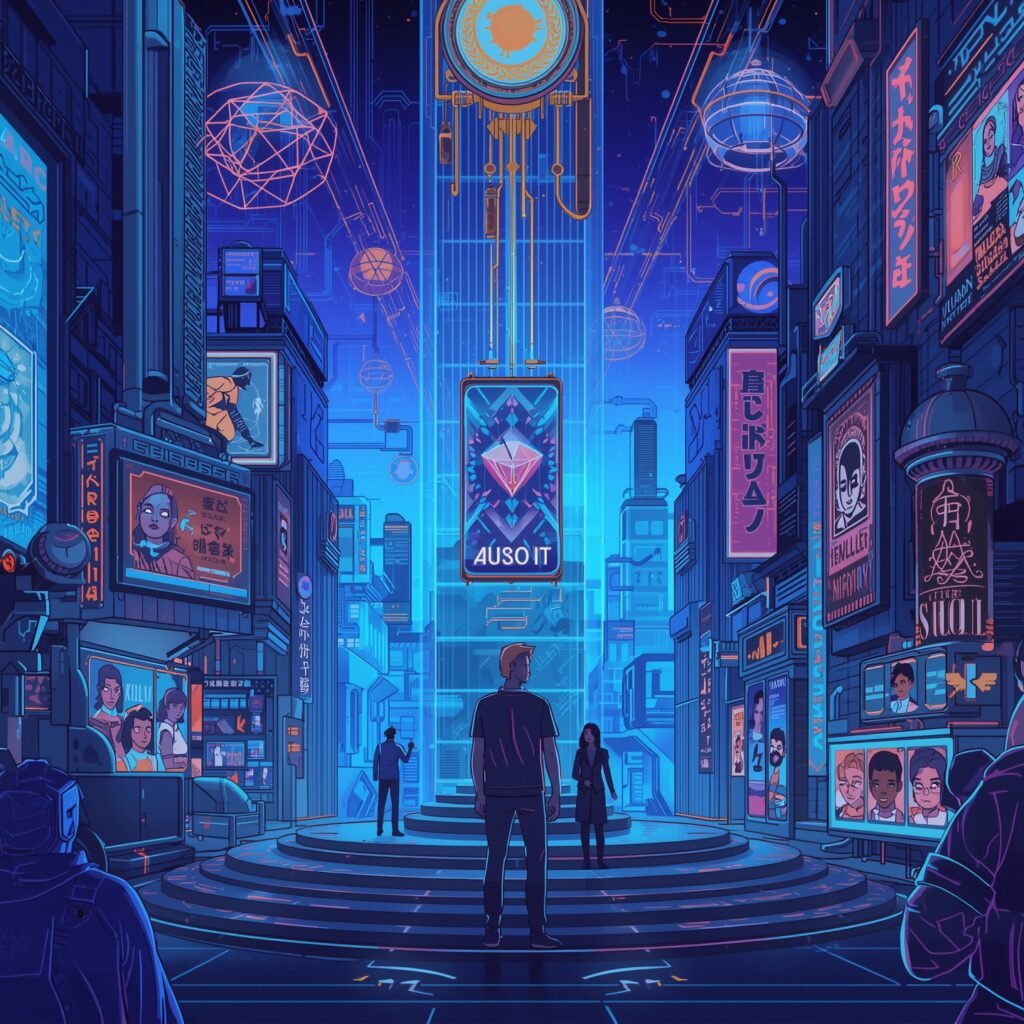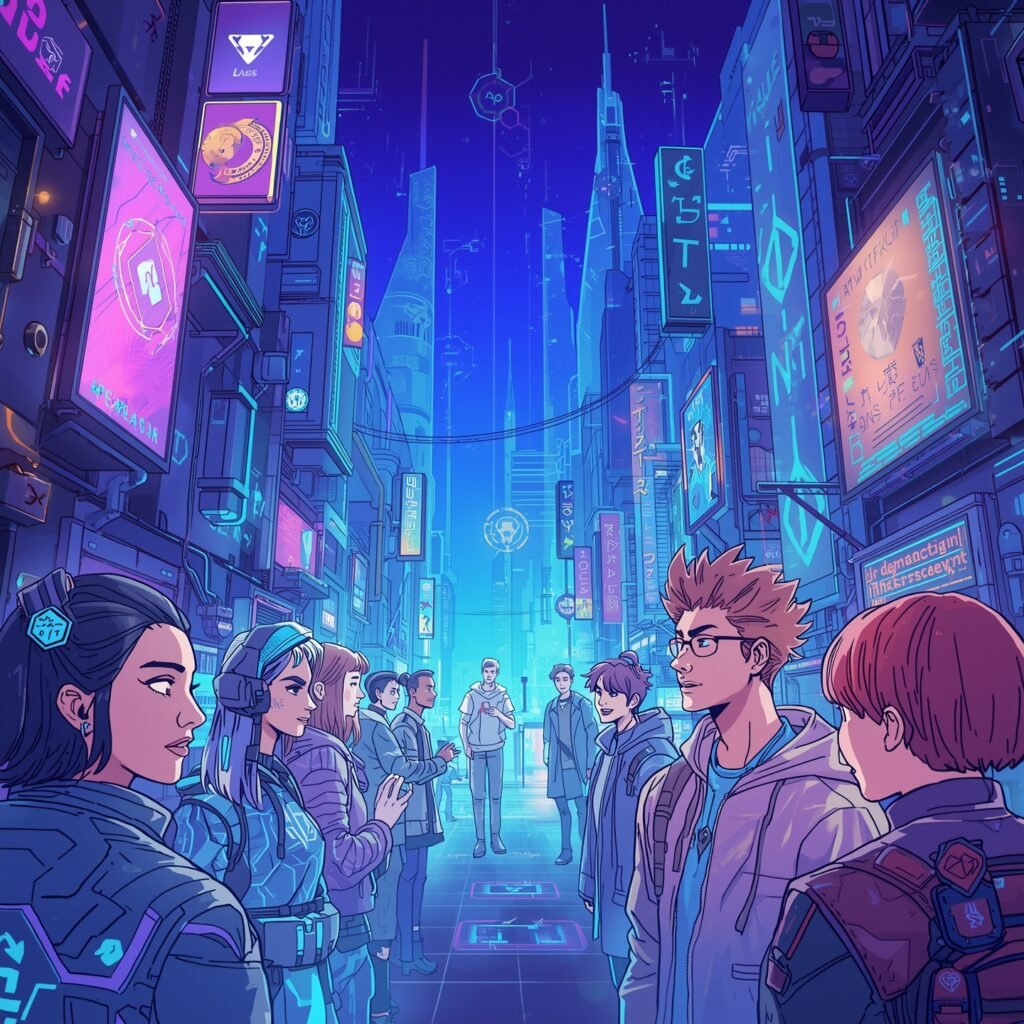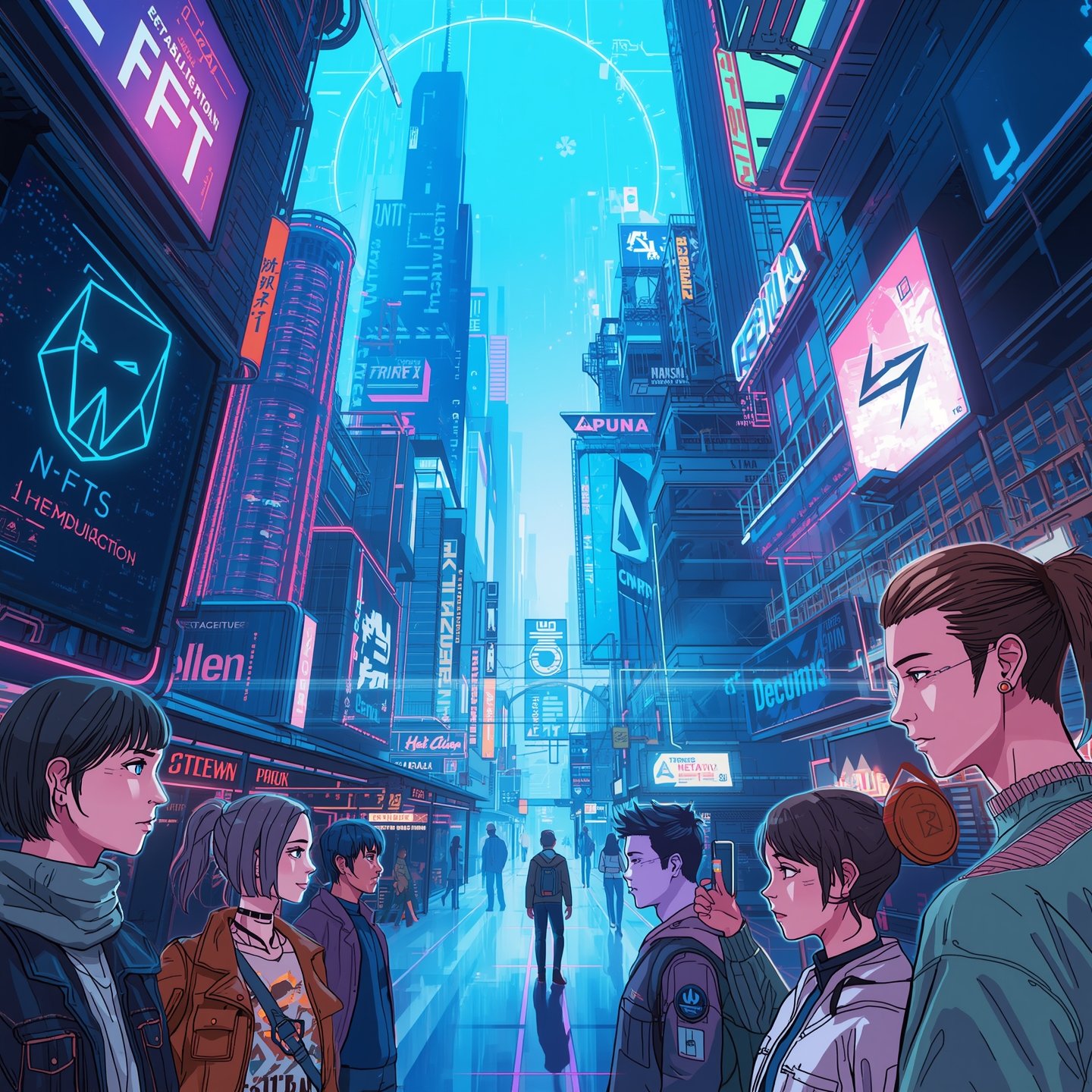What Is the Metaverse? This is rapidly emerging as a transformative force in the digital landscape. Envisioned as a collective virtual shared space, it integrates physical and virtual realities, offering immersive experiences that blend the digital and physical worlds. This convergence is facilitated by advancements in virtual reality (VR), augmented reality (AR), and blockchain technologies.

What Is the Metaverse? Exploring the Future of Digital Realities
Understanding the Virtuarl World:
The term “metaverse” was first coined in Neal Stephenson’s 1992 science fiction novel Snow Crash, where it described a virtual reality-based successor to the internet. Today, it refers to interconnected virtual environments where users, represented by avatars, can socialize, work, play, and create. These spaces are persistent, meaning they continue to exist and evolve even when users are not logged in.
Core Components of the Metaverse
Virtual and Augmented Reality
Virtual reality provides fully immersive digital environments, while augmented reality overlays digital elements onto the real world. Together, these technologies enable users to experience and interact with digital content in a more natural and intuitive way.

Blockchain and Cryptocurrencies
Blockchain technology underpins the metaverse’s economy by enabling secure, transparent transactions and the creation of digital assets like non-fungible tokens (NFTs). Cryptocurrencies serve as the primary medium of exchange within these virtual economies.
Artificial Intelligence
AI enhances the future by powering intelligent avatars, dynamic content generation, and personalized user experiences. It also plays a crucial role in moderating content and ensuring safety within these virtual spaces.
Applications of the Metaverse
Social Interaction
The metaverse offers new avenues for socializing, allowing users to interact with others in shared virtual spaces, attend events, and participate in communities.
Education and Training
Educational institutions and organizations are leveraging the metaverse for immersive learning experiences, simulations, and training programs that provide practical, hands-on learning opportunities.
Gaming and Entertainment
The gaming industry is a significant driver of metaverse development, with platforms offering expansive virtual worlds where players can engage in complex narratives, competitions, and social interactions.
Commerce and Virtual Goods
Virtual marketplaces within the metaverse enable users to buy, sell, and trade digital goods and services, ranging from virtual real estate to fashion items and collectibles.

What Is the Metaverse? Challenges and Considerations
Privacy and Security
As users spend more time in virtual environments, concerns about data privacy and security become paramount. Protecting personal information and ensuring secure transactions are critical challenges.
Accessibility and Inclusivity
Ensuring that the metaverse is accessible to all users, regardless of physical abilities or technological resources, is essential for its widespread adoption.
Ethical Implications
The development of the metaverse raises ethical questions regarding user behavior, content moderation, and the potential for digital addiction.
The Future of the Metaverse
The metaverse is still in its early stages, but its potential is vast. As technology advances, we can expect more immersive experiences, greater interoperability between virtual platforms, and broader adoption across various sectors. The integration of AI, VR, AR, and blockchain will continue to drive innovation, shaping the future into a central aspect of digital life.
Conclusion
The metaverse represents a significant evolution in how we interact with digital content and with each other. By understanding its components, applications, and challenges, we can better navigate and contribute to this emerging digital frontier.





